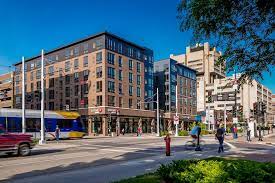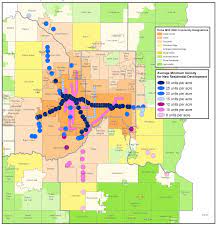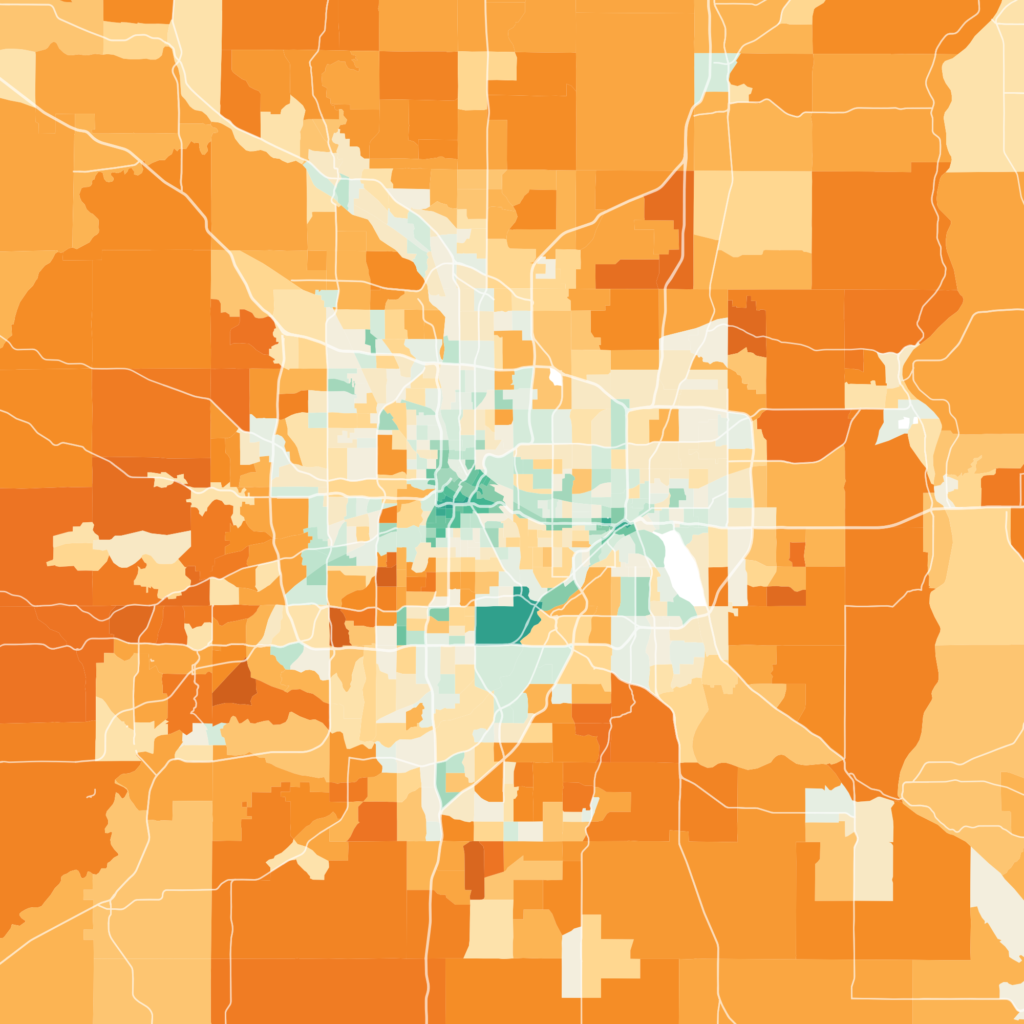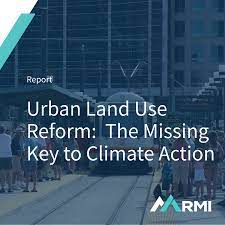
Session Seven: Thurs Dec 14 Benefits of TOD for Increasing Tax Base Michael Krantz, Senior Manager of Transit Oriented Development, Metro Transit TOD Office, shared their new study on the benefits for counties & cities of increasing zoning density along transit corridors to allow for redevelopment. Benefits of TOD Slides
Benefits of TOD PRESENTATION VIDEO
Transit-Oriented Development and Zoning in Cities with High-Frequency Transit

- Building on the 2021 Comprehensive Land Use Planning in High Frequency Transit Corridors report, this study explores the relationship between transit oriented development (TOD) and zoning codes in 20 cities with high frequency transit lines in the Twin Cities region. First, this analysis compares the planned density along high frequency transit lines with the actual current zoning codes of each city. Differences in zoning codes are compared to levels of qualifying transit-oriented development to better understand the impact of zoning on TOD. Finally, the study brings together this analysis with interviews with city planners and developers actively working on TOD in the region, discussing the challenges of building TOD, and contextualizing zoning as a piece of the puzzle.

The Climate Impact of Your Neighborhood, Mapped
NYT Climate Dec. 13, 2022 By Nadja Popovich, Mira Rojanasakul and Brad Plumer
https://www.nytimes.com/interactive/2022/12/13/climate/climate-footprint-map-neighborhood.html
New data shared with The New York Times reveals stark disparities in how different U.S. households contribute to climate change. Looking at America’s cities, a pattern emerges.
Households in denser neighborhoods close to city centers tend to be responsible for fewer planet-warming greenhouse gases, on average, than households in the rest of the country. Residents in these areas typically drive less because jobs and stores are nearby and they can more easily walk, bike or take public transit. And they’re more likely to live in smaller homes or apartments that require less energy to heat and cool.
Moving further from city centers, average emissions per household typically increase as homes get bigger and residents tend to drive longer distances.

REPORT | 2023
Urban Land Use Reform
The Missing Key to Climate Action Strategies for Lowering Emissions, Increasing Housing Supply, and Conserving Land
By Ben Holland, Zack Subin, Duncan Kay, Bryn Grunwald, Shelby Kuenzli, Jane Marsh, Rushad Nanavatty, Julia Thayne, Jackson Tomchek, Brian Yudkin, Anna Zetkulic
For over a century, discriminatory land use and housing policies in the United States have segregated neighborhoods and engineered entire cities around single-family homes and personally owned automobiles. These policies have led to a chronic housing shortage, numerous harms for disadvantaged communities, and sprawling development patterns that exacerbate climate change and ecological harm
